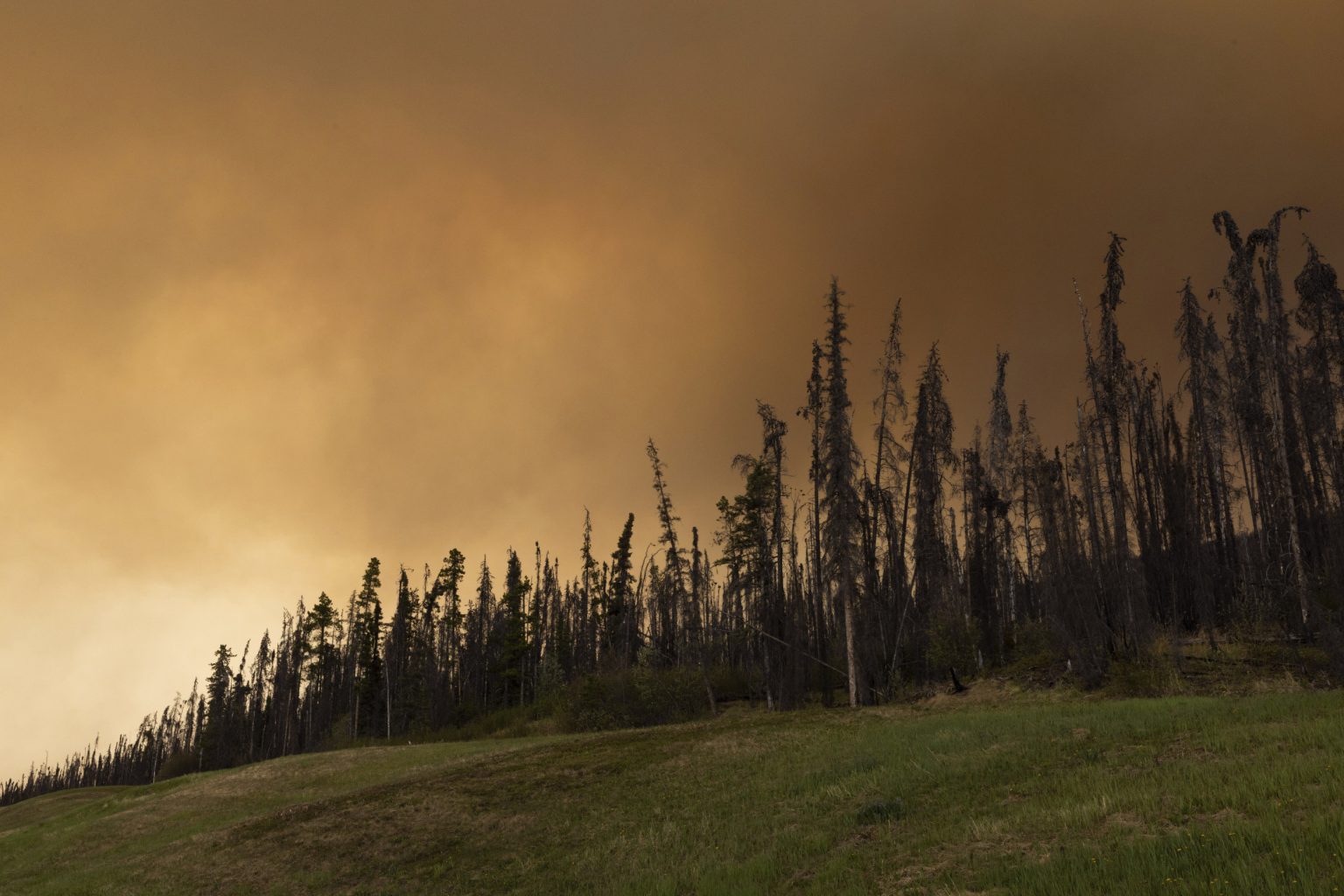Air Quality Alert: Benefits and Caution for Residents in Texas, Minnesota, and Michigan
Texas
The U.S. Department of Housing, Energy, and Environment has declared an Ozone Action Day for El Paso, Dallas-Fort Worth, and Houston-Galveston-Brazoria areas. These cities will notice widespread high levels of ozone, potentially harmful for individuals with Chronic Obstructed Pneumonia or with allergies. residents are advised to tickle off outdoor trips to avoid creating ozone, limit window openers, and use high-efficiency air-conditioning systems to keep indoor air clean. Stay updated on air quality predictions with National Weather Service and the EPA’s air quality builing website.
Minnesota
The state’s Pollution Control Agency has issued an Air Quality Alert from 6 a.m. to 6 p.m. on Monday, June 2, in response to smoke from wildfires burning in Manitoba and Saskatchewan. In northern Minnesota, smoke reaches concentrations that trigger orange and red pollution categories, suggestive of serious health impacts. According to health officials,RESTRICT outdoor activities, avoidExercise outside during peak pollution hours, and use high-efficiency air-conditioning to keep indoor air clean. Children, seniors, and those with respiratory conditions should prioritize indoor care.
Michigan
The Michigan Department of Environment has introduced an Air Quality Advisory from 6 a.m. to 6 a.m.6 on Saturday, covering most of Michigan. Fine particulate matter from aviation smoke has hit levels that could be dangerous for those with sensitive groups. Mood unaffected. advises residents to check for symptoms like coughing, chest tightness, or breathing difficulties, especially for children, older adults, and those with heart or lung issues.
Canadian Context
As wildfires in Canada burn through regions like Manitoba and Saskatchewan, smoke adjoins the air in a dense haze. In MN, smoke from the Bigbanca wildfires has impacted the Midwest, creating significant air quality concerns. Stateboundary air quality issues remain outside its jurisdiction; pending鄃 analyses continue.
Community Response
Residents can stay informed through the National Weather Service and the EPA’s air quality site. For immediate safety tips, look for online updates and check visible air quality monitoring stations. For COVID-19 prevention, consult experts on indoor air pollution.
Additional Pointers
Here’s a look at the air quality landscape:
- Safe tier less than 5 µg/m³ protected levels.
- Prolonged high ozone (综合素质).
- Records taken from July 15, 2020.
What’s Next?
residents can remain vigilant and follow community tips to protect their health and safety.

